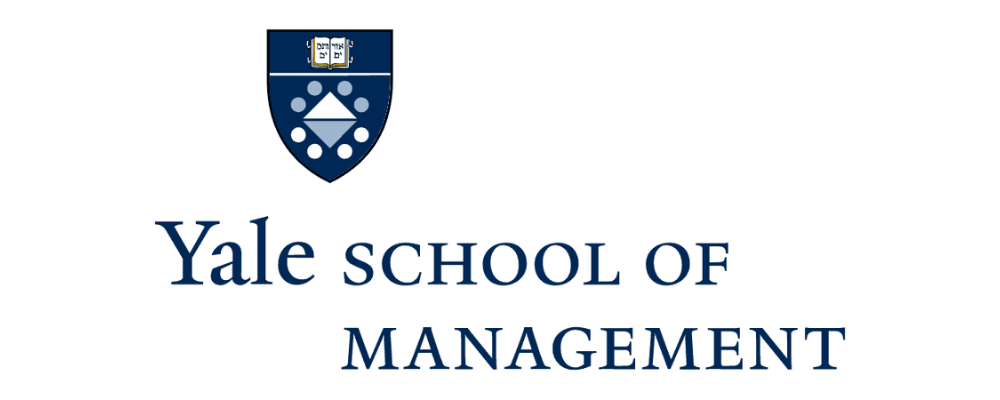
Why did the Chinese central bank cut rates?
The modest monetary easing of mid-August—just 10 to 15 basis points off short-term repo rates —is a limited response to a Chinese economy that is under serious downward pressure. Most, including myself, were expecting sustained momentum in the economy in 2023 to be driven by a snapback from the COVID-related lockdowns of late 2022. While there was evidence of such a bounce back in the early months of this year, the subsequent softening of the economy has been quite worrisome. Three factors lie behind the disappointing outcome: renewed pressures in the long-stressed property sector, weak personal consumption, and faltering private sector confidence.
Is the idea that China’s leadership can guide the country to continual economic growth under threat?
Also at work is a so-called “confidence trap” that many attribute to a Japanese-like stagnation of the underlying fundamentals of the Chinese economy. While there are many differences between Japan and China, the similarities are increasingly striking—especially the lingering problems in a major asset market (property); a July CPI report that points to the onset of outright, albeit mild, deflation; and the mounting debt-intensity of Chinese economic growth.
That latter trend is particularly disconcerting; China’s total nonfinancial debt-to-GDP ratio is at 297% (as of late 2022, according to BIS statistics)—nearly 43 percentage points above the ratio in 2016, when the Japanization risks of China were first seriously debated. Moreover, as we learned from the painful experience of Japan, economies facing a declining workforce must boost the growth rate of productivity in order to maintain solid GDP growth. For China, that means staying away from vigorous stimulus of an overly leveraged property sector, while accelerating the pace of long overdue State-Owned-Enterprise reform and providing more support to private sector confidence. The focus must be to achieve meaningful traction in boosting productivity growth at just the time when a demographically impaired Chinese economy needs that the most.
What effects will this change have on the global economy?
Since the Global Financial Crisis (GFC) of 2008-09, vigorous growth in the Chinese economy has accounted for approximately 35% of the cumulative increase in world GDP. Over that period, Chinese real GDP averaged about 7%. If, however, the Chinese economy slips to a lower growth trajectory, its global impetus will obviously be reduced. The Chinese government is currently targeting growth of just 5% for 2023—a target that now looks overly optimistic in light of lingering weakness in the underlying economy as noted above. If Chinese economic growth was, instead, to average just 3.5% over the next several years—half the pace since the GFC and not all that different from the sluggish outcome of 2022—the resulting impairment of the world’s most powerful growth engine could lead to a significant shortfall in overall world GDP growth. When China sneezes, the world catches a cold.
“The Yale School of Management is the graduate business school of Yale University, a private research university in New Haven, Connecticut.”
Please visit the firm link to site


